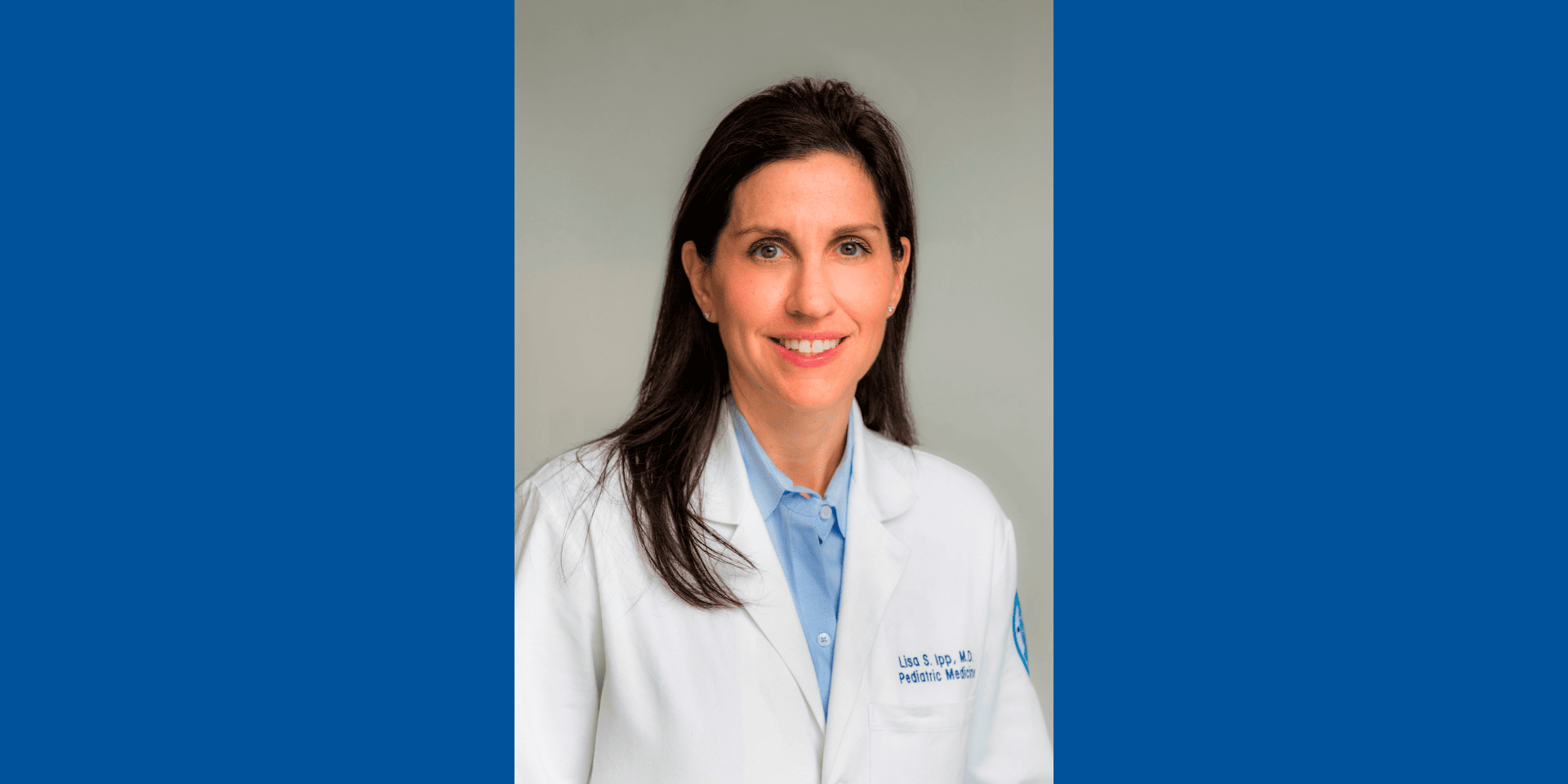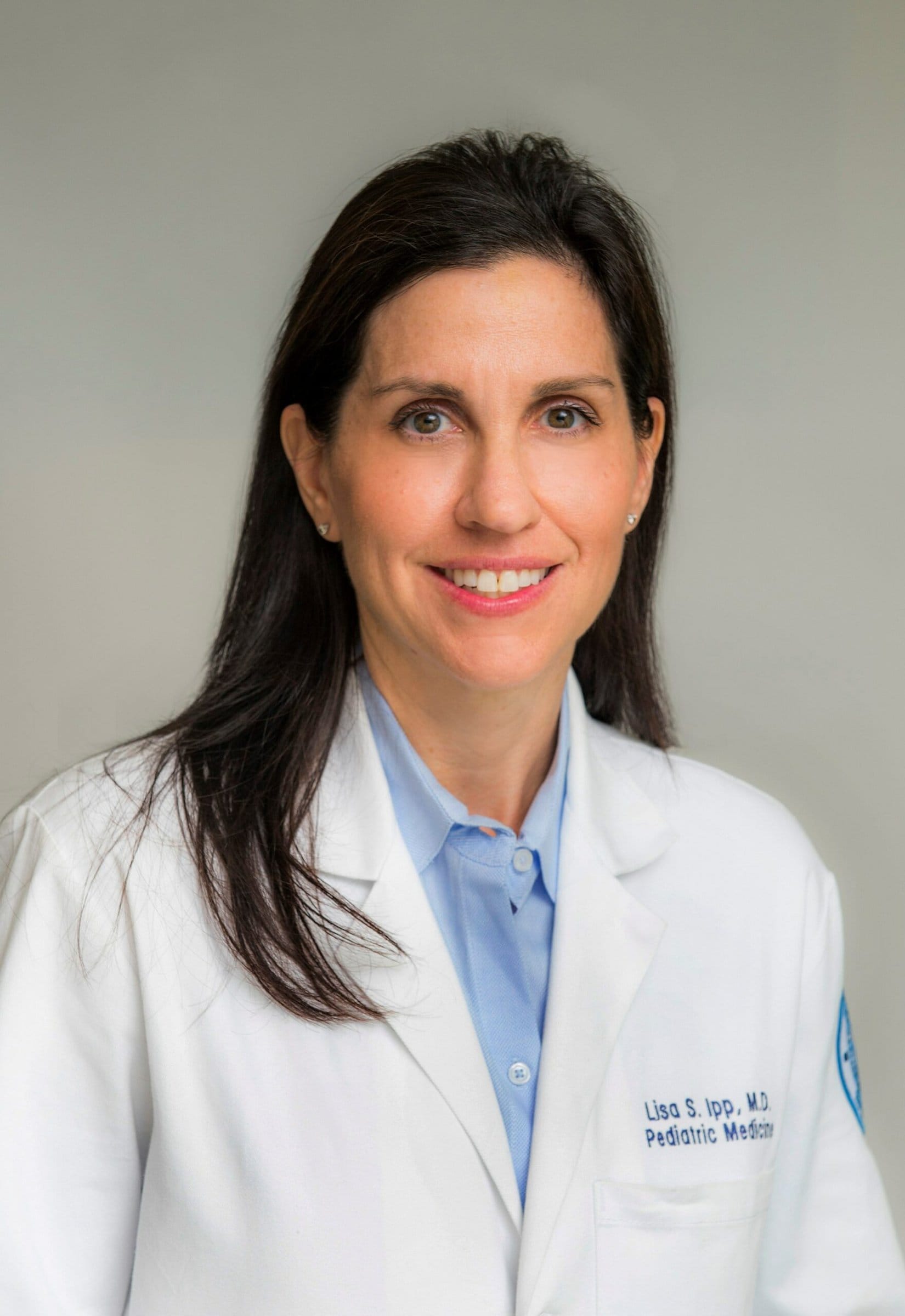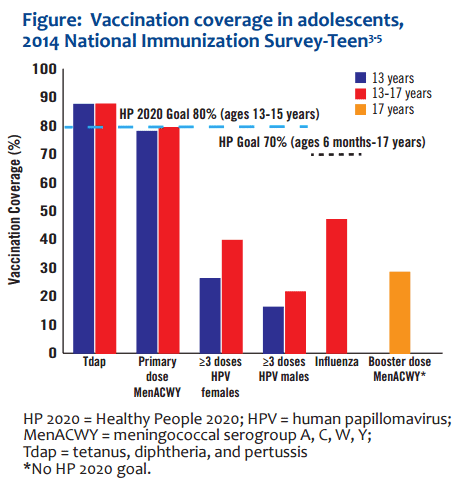
To highlight the importance of immunizations across the lifespan, NFID is launching an inaugural National Immunization Awareness Month (NIAM) blog relay, featuring a guest post each week from an immunization champion and/or organization. Each week of #NIAM16 focuses on a different stage of the lifespan.
 Special thanks to NFID Board Member, Lisa S. Ipp, MD, for this guest blog post about the importance of vaccinating 11-12 year olds to protect them from cancers caused by human papillomavirus (HPV), during the fourth week of NIAM16 which is focused on preteens and teens.
Special thanks to NFID Board Member, Lisa S. Ipp, MD, for this guest blog post about the importance of vaccinating 11-12 year olds to protect them from cancers caused by human papillomavirus (HPV), during the fourth week of NIAM16 which is focused on preteens and teens.
As an adolescent medicine specialist, I’m faced with the daily challenge of guiding my patients through their adolescent years in a safe, healthy way. Sadly, there is much beyond my control, but the administration of immunizations is a very straight forward way of protecting them from diseases which I know will have a significant impact on their health. The HPV vaccine is a perfect example of a vaccine that is extremely beneficial to patients in my practice.
HPV is the causative agent of many types of cancers, including cancers of the cervix, vulva, vagina, and anus in women, as well as penile and anal cancer in men. Additionally, newer data show that HPV also is quickly becoming a very common cause of oropharyngeal cancer in both men and women.
As healthcare professionals (HCPs), we know that achieving high HPV vaccination coverage in early adolescence is important to optimize protection before HPV exposure. The vaccine is currently administered as a 3-dose series and is recommended for both males and females beginning at age 11 or 12. This younger age is when the immune system is most robust, and conveniently, at the same time as we are offering Tdap and MCV4 vaccines. Unfortunately, the rates of HPV vaccination are significantly lower than rates for these other vaccines. According to Centers for Disease Control and Prevention (CDC) data from 2014, four out of ten adolescent girls and six out of ten adolescent boys haven’t started the HPV vaccine series, and are vulnerable to cancers caused by HPV infections. This is particularly disappointing because we have very good evidence that the HPV vaccine works!
Using data from a CDC survey, a recent study in Pediatrics showed that within 6 years of vaccine introduction, there was a 64% decrease in the 4 subtypes of HPV found in the quadrivalent vaccine among females aged 14 to 19 years and a 34% decrease among those aged 20 to 24 years. This is great news!
Studies have shown the importance of a strong HCP recommendation for increasing vaccination coverage, but unfortunately, many providers do not recommend it to their patients. As healthcare professionals, we are in a very powerful position to strongly recommend this vaccine to our patients as a cancer prevention tool. In the end, the good news is that the HPV vaccine is extremely effective in preventing HPV-related cancers, but the bad news is that not all teenagers are getting vaccinated!
During NIAM, I encourage you to take the following steps to educate your patients and their parents about the importance of being fully vaccinated to prevent serious and potentially deadly diseases:
- Visit the NFID HPV Resource Center for information, tools, and resources to help increase HPV vaccination rates,
- Use the sample social media calendar for vaccination messages to post on Facebook and Twitter; and
- View and share the new NFID Adolescent Immunization Public Service Announcement.
Be sure to check NFID News each week during #NIAM16 to view guest blog posts, including the next post by Susan Even, MD on protecting college students from meningococcal disease.
To join the conversation, follow NFID (@nfidvaccines) on Twitter using the hashtag #NIAM16, like NFID on Facebook, join the NFID Linkedin Group, and subscribe to NFID Updates.
Related Posts
No related posts are published at this time.

